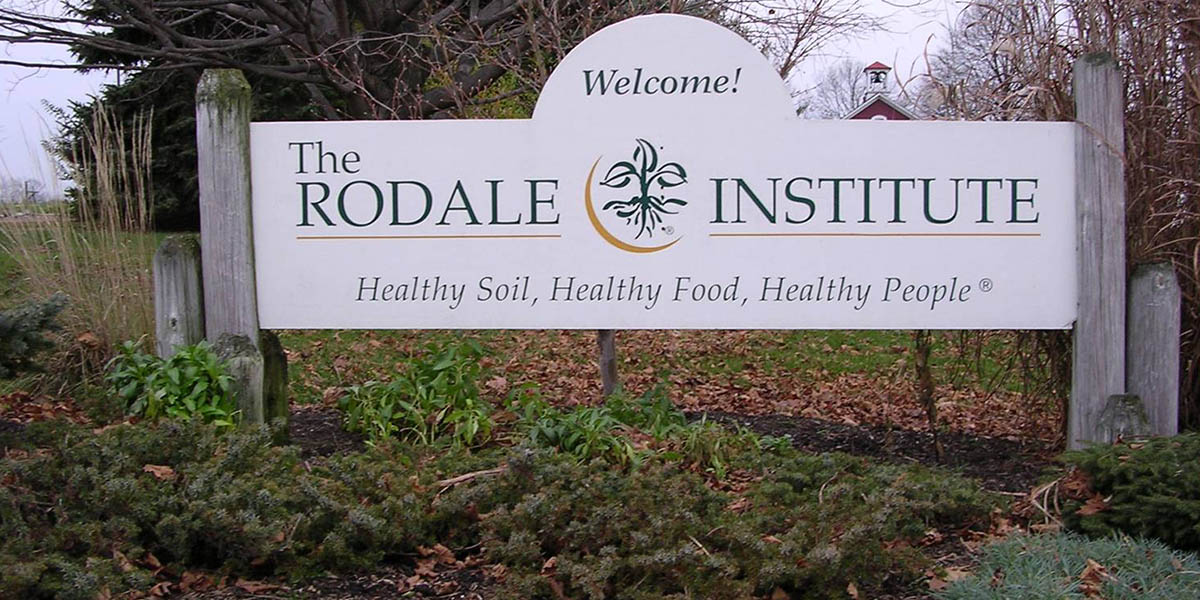By Kelsey McKee, OMRI Review Program and Quality Director
Clearly, a commitment to organic practices means that growers will generally use pest control products as a last resort, but organic farmers are permitted to use some potent materials in order to address severe pest issues. Although most pest control products allowed for organic production are naturally derived, these materials can be quite toxic – especially when used in excess. There are written requirements that are part of the organic standards, and these constraints are not always obvious to organic consumers, or to gardeners who do not work with a certifier. The organic standards include an important clause that limits the circumstances under which pest control products may be used.
Under section 205.206(e) of the USDA organic standards, farmers are required to use preventative, mechanical, physical, and other pest, weed and disease management practices before applying any pest control products. Organic certifiers are responsible for verifying that this section 205.206(e) is followed.
OMRI plays a central role in this process, representing a better choice for organic growers and home gardeners, while also listing products that are not intended for use on a daily basis. Communicating this complexity is a daily challenge. Organic farmers and gardeners are looking for a simple yes/no, you can or cannot use this product, clearly stated on the label. But the answer is more complex. The fact that a product is OMRI Listed® does not mean that farmers are using it all the time. It means that it can be used as part of an organically managed system that also incorporates preventative and cultural pest management practices.
Adding to the complexity, the organic standards for materials are specific to certain uses, meaning that a material may be allowed for some uses but not for others. OMRI policies require one compliant use on the product label, but other uses may also be included. Unfortunately, this can lead to confusion as it is sometimes difficult to discern which uses are allowed on organic farms. That’s why OMRI includes important additional information about OMRI Listed products on its website and through the OMRI Products List©. Website visitors at OMRI.org can search or download the OMRI Products List© for free, and each entry includes a full description of when and how the product is allowed under the organic standards, including section 205.206(e). For products that are not OMRI Listed®, the “Materials” search provides the same information for generic ingredients. Other organizations that list inputs also have clarifying information available through their websites.
It would certainly be easier if organic growers could simply use OMRI Listed products when they have a problem, but all certified operators know that they must check with their certifier first. This practice protects organic consumers and farm ecosystems from inadvertent use of potent materials, ensuring that organic products live up to their name. OMRI listing is intended to make it easier for organic producers to make decisions about materials, but the seal on the package does not always tell the whole story. More information is available for those who care to look!


